Introduction Hollow fiber washing (hollow fiber tangential flow filtration) is a more efficient and faster alternative to traditional nanoparticle purification methods such as ultracentrifugation, stirred chamber filtration, dialysis or chromatography. Hollow fiber washing can be used to purify a variety of nanoparticles, including liposomes, latex particles, magnetic beads, and nanotubes 1,2 . Hollow fiber wash filtration is a technique based on membrane separation. The size of the membrane pore size determines whether large molecules or particles are trapped or passed. This is a flowing process in which the sample is gently circulated through the tubular membrane. Purified nanoparticles can be obtained by displacement of the buffer. Hollow fiber membrane washing can be linearly scaled from production to production scale. By increasing the number of membrane fibers and maintaining critical operating parameters, large volumes of sample can be completed under the same conditions as small-scale R&D volumes. Materials and Method Considering the unreacted by-product molecular weight (< 50 kD) and the size of the polymer nanoparticles (250 kD), a 100 kD polysulfone hollow fiber membrane was chosen. Due to the shrinkage effect of the tube, the tubular geometry of the hollow fiber facilitates the aggregation of the particles to the center of the hollow fiber because the flow rate is up to 3 here. A pilot scale wash was performed using 1200 mL of 8% polymer nanoparticle solution. In view of the higher viscosity of 500 cps, a non-continuous wash is selected. The initial dilution of the product achieves optimum filtrate flow rate and process pressure and aids in the mixing of the wash buffer with the polymer solution. The process uses a tangential flow filtration system with data acquisition software and pressure display (Spirit KrosFlo IIi TFF system, product number: SYR2-U20-A). KrosFlo Research 2 i [KR2 i ] Tangential Flow Filtration System result The 1200 mL solution was poured into a 4 L TFF solution container (product number: ACBT-4TC) and diluted to 2400 mL with deionized water. Set the initial injection pump injection flow rate to 950 mL / min, at this injection flow rate, a stable laminar flow can be formed in the hollow fiber membrane, shearing is 4000s -1 , Figure 1 shows flow rate / fiber and shear The relationship of power. The back pressure was increased by compressing the hose diameter method to achieve a transmembrane pressure of 20 psig and a membrane module inlet/outlet pressure drop of 7 psig. Filtration collection was started in a graduated cylinder to monitor process volume and filtrate flow. When the collected filtrate volume was equal to the starting volume (1200 mL), the process samples were analyzed and the product was diluted twice to 4%. The diluted volume is used as the volume of one wash. This step is repeated 9 times. Throughout the process, data acquisition software collects pressure and flow rate data to obtain a real-time process chart that is important for direct amplification to high volume processing (Figures 2 & 3). discuss As expected, the process pressure varies periodically with each dilution/concentration operation. When the concentration reaches 8% from 4%, the pressure rises and after each dilution, it returns to the starting value. The increase in pressure is due to an increase in viscosity during concentration and an increase in particle concentration on the surface of the membrane, which is typical of the tangential flow filtration process. The filtrate flow rate per unit membrane area, that is, the filtration flow rate, varies with the concentration of the polymer nanoparticles in the range of 15-20 L/M2/hr. Sample analysis showed that the removal efficiency (retention rate) of by-products was higher than 50% depending on the concentration factor transferred (based on the viscosity of the process feed), thus affecting the permeability of solute removal, as shown below: Y=% cleared filtrate solute VO/VR=volume change ratio n = number of plates R = rejection rate The efficiency of washing filtration depends on the ease with which small molecular weight by-products pass through the membrane. During TFF (tangential flow filtration), the concentration of the retentate on the surface of the membrane has a significant effect on the transport of small molecules. The efficiency of permeation can be calculated by dividing the concentration of by-products in the filtrate by the concentration of by-products in the retentate. The initial transmittance of by-products in the experiment was 59% by HPLC and functional analysis, and decreased to 43% with each wash. In some washing operations with a lower viscosity of the starting solution, the transmission rate can reach 90-100%, and only 4-5 times of washing can be used to reduce the molecular weight of the small molecules to an extremely low level. Several R&D scale tangential flow filtration wash tests ensure a rapid process scale up to 12 L pilot scale batch throughput. To determine the membrane area required for process amplification, if the same product concentration is used for both scales, linear amplification is performed at a constant process volume/membrane area ratio. It is calculated that for the 12 L pilot scale volume, a 100 kD polysulfone hollow fiber module with a membrane area of ​​0.57 M2 should be selected (Spirit MiniKros Sampler module with a fiber count of approximately 1800 and a fiber length of 20 cm) at 5.2 LPM. Under injection flow rate conditions, the shear was 4000 sec -1 . The filtrate flow rate, treatment time and yield of the 12L process were reproducible. The only difference is that the injection-retention pressure drop is higher due to the longer fiber length (20 cm pilot scale vs. 12 cm development scale). The table below shows the detailed results. references [1] AG Rinzler et.al “Large-scale Purification of single-wall carbon nanotubes, process, product, and characterization†Appl. Phy.A 67,29-37 (1988) [2] Scott Sweeney at. Al. “Rapid Purification and sizeseparation of gold nanoparticles via diafiltration†J. Am. Chem Soc. 128, 3190-3197 (2006). [3] Mark C. Porter, Handbook of Industrial MembraneTechnology, Noyes Publications. Pp 186-187. (1990). Scan the QR code and pay attention to the official version of the WeChat public account to get more application information!
Medical Cold Patch
Throat Pain Relief Patch,Throat Pain Relief Pad,Throat Pain Relief Plaster,Antitussive Patch Shandong XiJieYiTong International Trade Co.,Ltd. , https://www.xjytmedical.com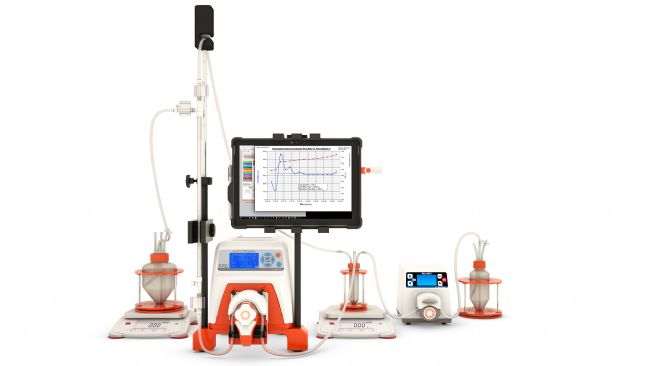

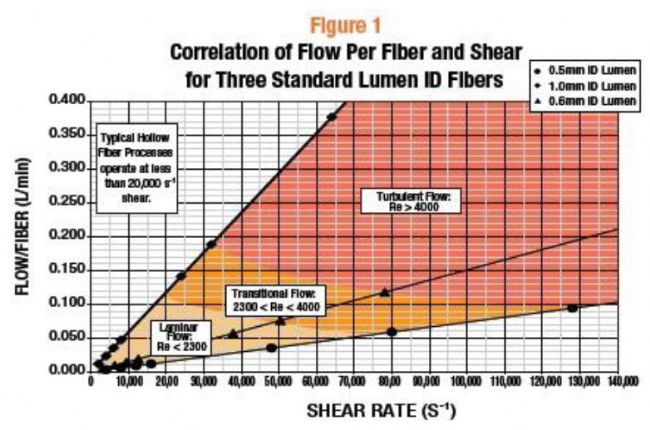
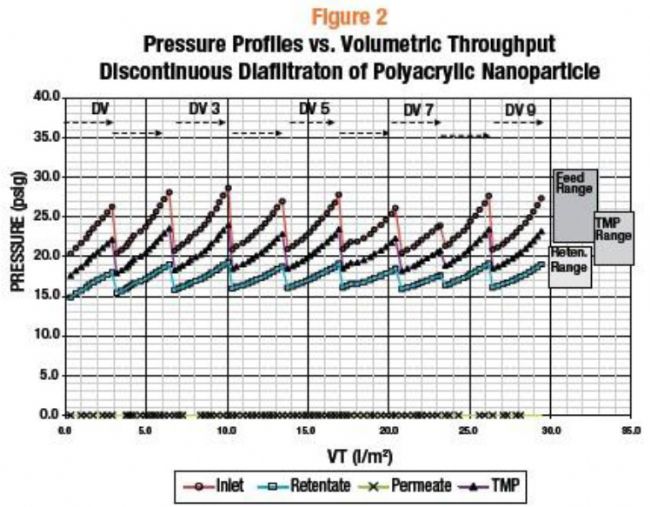
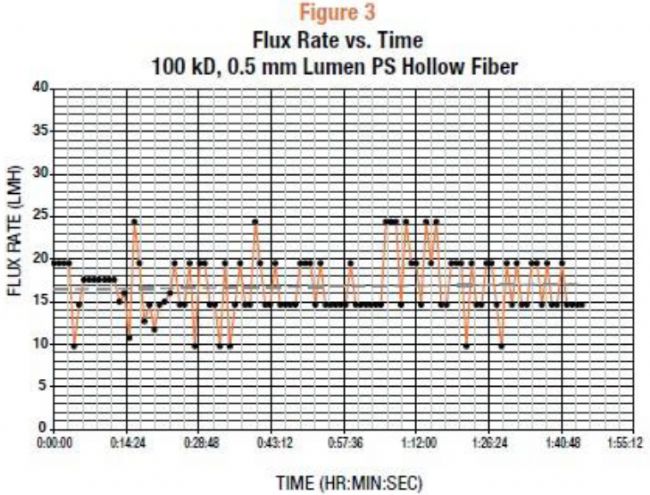


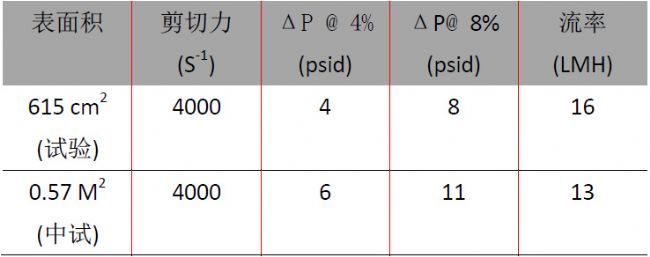

Throat Pain Relief Patch
[Name] Medical Cold Patch
[Package Dimension] 36 round pieces
The pain relief patch is composed of three layers, namely, backing lining, middle gel and protective film. It is free from pharmacological, immunological or metabolic ingredients.
[Scope of Application] For cold physiotherapy, closed soft tissue only.
[Indications]
The patches give fast acting pain relief for acute and chronic tonsillitis.
[How To Use a Patch]
Please follow the Schematic Diagram. One piece, one time.
The curing effect of each piece can last for 6-8 hours.
[Attention]
Do not apply the patch on the problematic skin, such as wounds, eczema, dermatitis,or in the eyes. People allergic to herbs and the pregnant are advised not to use the medication. If swelling or irritation occurs, please stop using and if any of these effects persist or worsen.notify your doctor or pharmacist promptly. Children using the patch must be supervised by adults.
[Storage Conditions] Store below 30c in a dry place away from heat and direct sunlight.